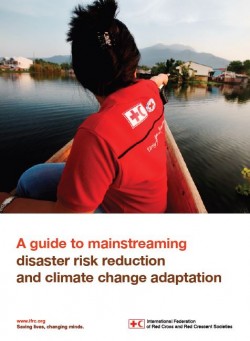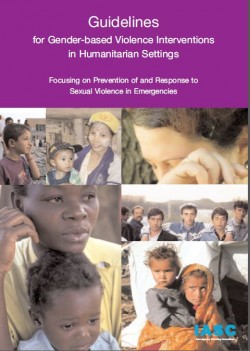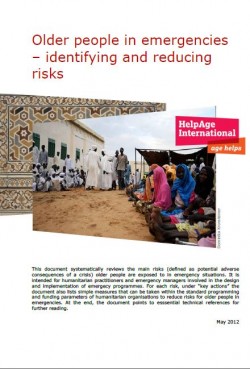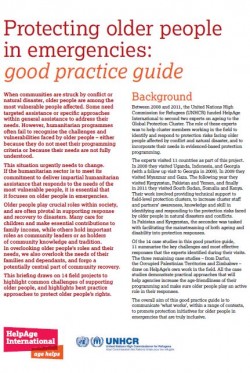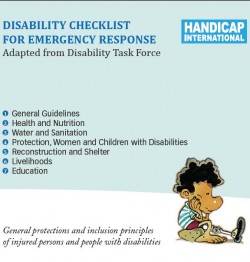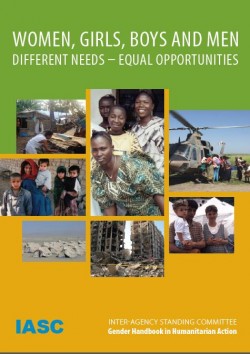Purpose:
This guide has been developed to support Red Cross and Red Crescent Societies and IFRC staff in more systematically integrating risk reduction measures into their planning. It describes in detail what key issues need to be considered, and when. The guidance aims at ensuring that risk reduction measures are taken into account in different sectors and contexts. It also details the key elements that need to be in place to create an enabling environment.
Overview:
- General steps for mainstreaming disaster risk reduction (DRR) and climate change adaptation (CCA) are: DRR and CCA screening. The strategy, policy, programme or project in question must be first screened with a DRR and CCA lens, and then a detailed assessment made. If this shows that disaster and climate change risks have not been duly considered or addressed, then adjustments should be made to the planned activity. A monitoring and evaluation (M&E) framework should also be developed. Mainstreaming DRR and CCA can be ensured only when the process is regularly monitored and evaluated.
- The paper details six specific programming contexts (conflict, urban, reducing vulnerability, strengthening resilience, disaster preparedness, disaster response, and recovery) and key sectors (health and care; water, sanitation and hygiene; migration; shelter and settlement; livelihood and food security; natural resource management) for mainstreaming DRR and CCA. Each of these is accompanied by specific key principles of DRR and CCA mainstreaming, as well as good practice checklists. Aside from the context-specific guidance, there are two general principles: first, a National Society needs to ensure that it has adequate capacity at relevant levels to mainstream DRR and CCA; second, given that risk patterns change, risk should be monitored at least once per year. If changes in circumstances and risk are identified, programming choices and activities may need to be adapted to these changes.
- A gender good practice checklist can be found on p.52.
Usage: Guidance for project implementation
Audiences: Technical staff
Reference: International Federation of Red Cross and Red Crescent Societies (2013). A Guide to Mainstreaming Disaster Risk Reduction and Climate Change Adaptation (pp. 1-62).
![]()


